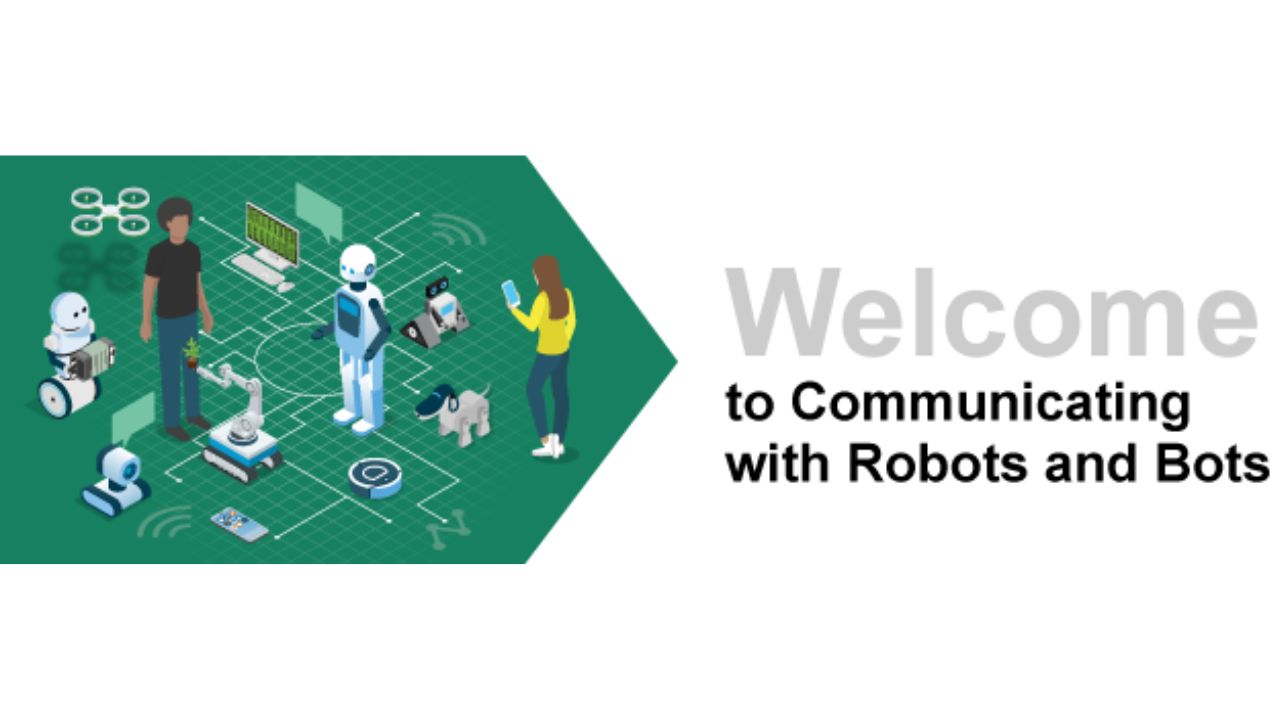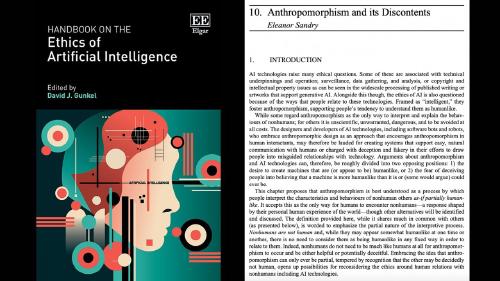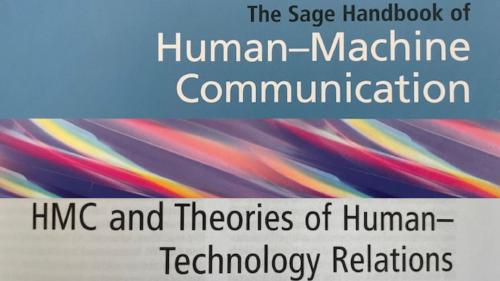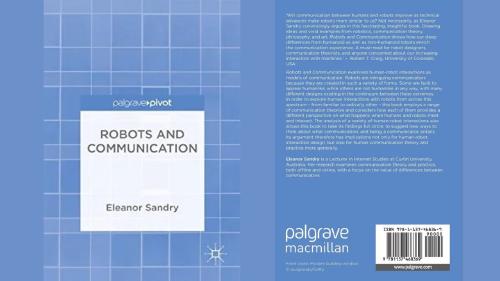Originally published in 2019 on my old blog, this post has been updated in 2024 to recognise the continued presence of the MOOC Communicating with Robots and Bots…
One of the most enjoyable pieces of writing (and collating of research, videos, news articles, images etc) about robots I have done occurred back in 2019. This was a collaboration with Dr Gwyneth Peaty to put together the Curtin Net3X MOOC Communicating with Robots and Bots.
The MOOC has been open ever since then. It’s self-paced and free to access, so anyone can give it a go to see if they’re interested. It is probably somewhat dated now. We’re not given any resources or time to update these things so, while I do fix anything broken when notified, I haven’t been able to put in a lot of time to add new examples or new research to the mix.
Reasons it was fun to work on? Well, it was a great opportunity to set aside some of the formality of academic writing (not that I am that formal in many things I write) while still discussing my favourite topics, robots and communication. It was also good to be working with other people, Gwyneth on the actual course content design, but also the whole MOOC team at Curtin, who were excellent, helpful and made the whole thing a pleasure (in particular the video creation with Brendan, which is not something I feel that comfortable with, in spite of the fact that I’m automatically videoed every time I give a lecture).
As Gwyneth has reminded me, these are the robots that started our collaboration in many ways:
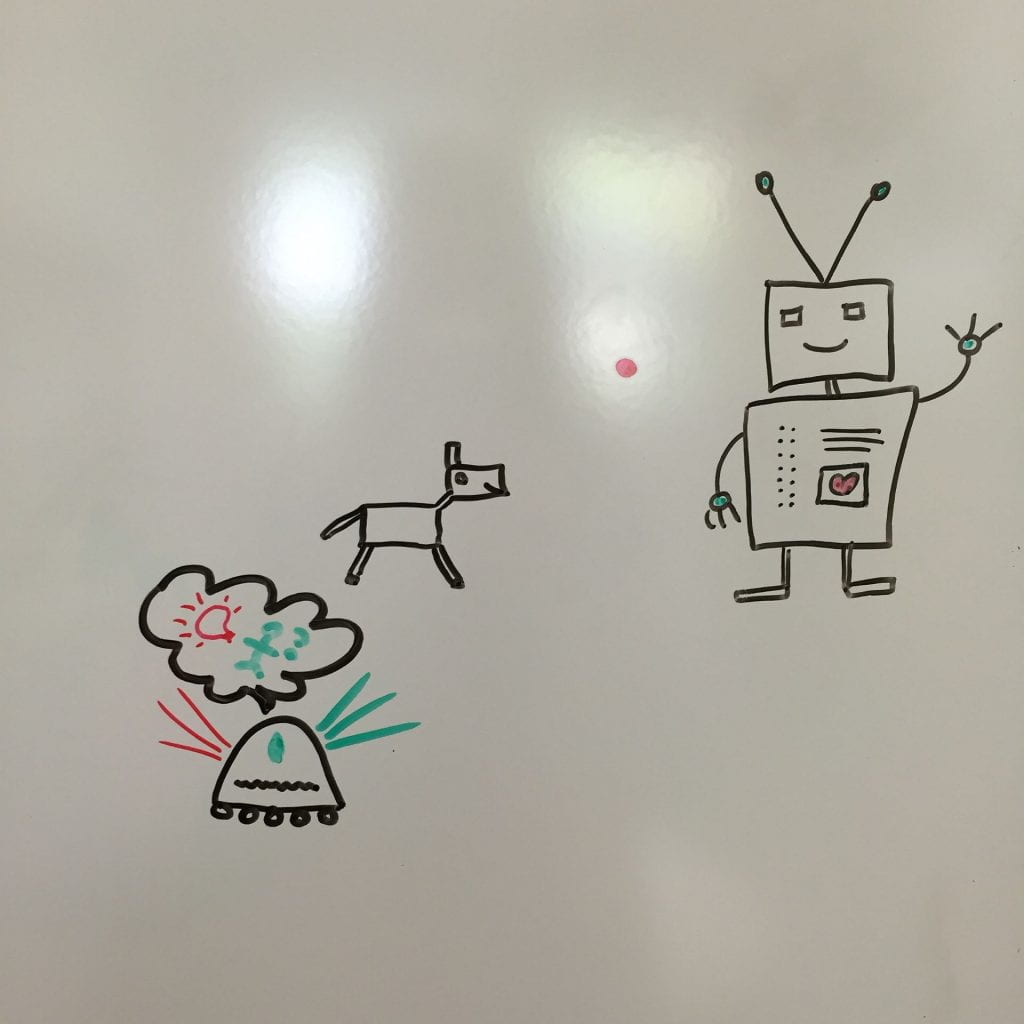
The humanoid robot is the first robot Gwyneth ever drew for me (I think). I responded with my non-humanoid robot and its thought bubble, “Why is that robot like a human?”. The dog (robot?) came along shortly after. They’ve been through a few changes, some of which you might be able to see in the robotothers Instagram account.
It’s great to see that people continue to access the Communicating with Robots and Bots MOOC. I’d love to have more time to engage with people there, make updates, etc, but that’s just not how academia works at the moment. The main hashtag for the MOOC is #curtinnet3x, and there are some additional tags if you’re taking part and posting your ideas for robots, #net3xfirstrobot and #net3xfinalrobot anywhere online.
